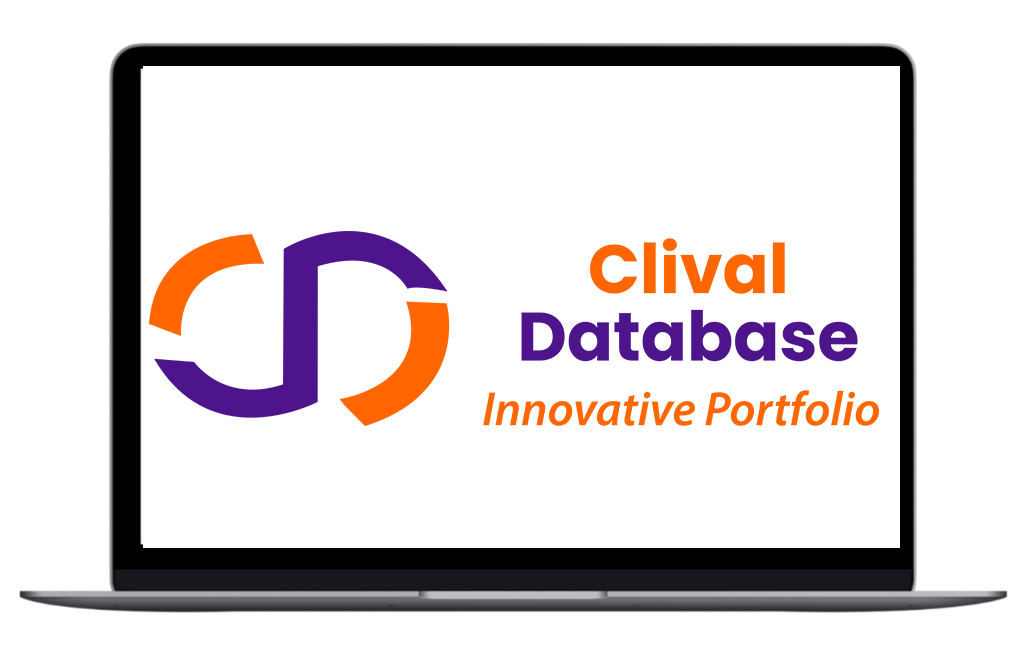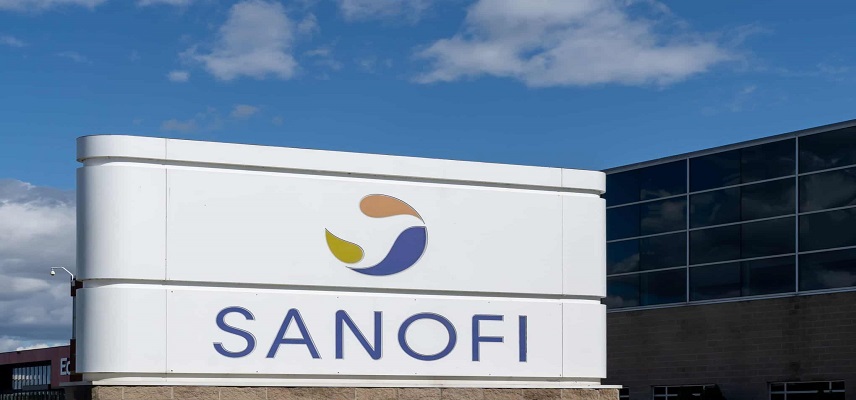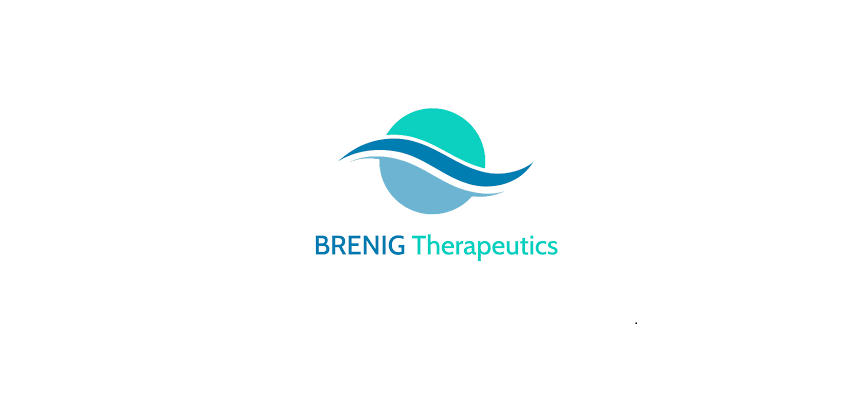Sanofi’s HERCULES Phase 3 Study of Tolebrutinib for Secondary Progressive MS Meets Primary Endpoint
Sanofi’s HERCULES phase 3 study of tolebrutinib to treat non-relapsing secondary progressive MS meets primary endpoint
Overview
Positive results from the HERCULES phase 3 study showed that tolebrutinib, Sanofi’s oral brain-penetrant BTK inhibitor, met the primary endpoint of improvement over placebo in delaying time to onset of confirmed disability progression (CDP) in people with non-relapsing secondary progressive MS (nrSPMS). In the HERCULES study, nrSPMS was defined at baseline as having a SPMS diagnosis with an expanded disability status scale (EDSS) score between 3.0 and 6.5, no clinical relapses for the previous 24 months and documented evidence of disability accumulation in the previous 12 months. Preliminary analysis of liver safety was consistent with previous tolebrutinib studies.
Primary Outcomes for GEMINI phase 1, 2, 3 Studies
- Results from the GEMINI 1 and 2 phase 3 studies evaluating tolebrutinib did not meet the primary endpoint of reducing annualized relapse rate (ARR), compared to teriflunomide, in people with relapsing forms of multiple sclerosis.
- However, analysis of the key secondary endpoint of pooled 6-month CDW data showed a considerable delay in time to onset, which supports the CDP data observed in HERCULES.
Statement from the Sanofi
Houman Ashrafian, MD, PhD, Head of Research & Development, Sanofi, said: “Tolebrutinib represents an unprecedented breakthrough as a potential first-in-disease treatment option with clinically meaningful benefit in disability accumulation. Addressing disability accumulation, thought to be driven by smoldering neuroinflammation, remains the greatest unmet medical need in people with non-relapsing secondary progressive MS today.”
Ongoing PERSEUS phase 3 Study
The PERSEUS phase 3 study in primary progressive MS, evaluating time to onset of CDP, is currently ongoing with study results anticipated in 2025.
Upcoming Presentation for HERCULES and GEMINI Studies
- Study results for HERCULES and GEMINI 1 and 2 will be presented at the upcoming European Committee for Treatment and Research in Multiple Sclerosis (ECTRIMS) medical meeting in Copenhagen, Denmark, September 20, 2024.
- Tolebrutinib is currently under clinical investigation, and its safety and efficacy have not been evaluated by any regulatory authority.
About Multiple Sclerosis
- Multiple sclerosis is a chronic, immune-mediated, neurodegenerative disease that results in accumulation of irreversible disabilities over time.
- The physical and cognitive disability impairments translate into gradual deterioration of health status and lower quality of life, impacting patients’ care and life expectancy.
Current Treatment Therapies
- Disability accumulation remains the significant unmet medical need in MS.
- To date, the primary target of current therapies has been peripheral B and T cells, while innate immunity, which is believed to drive disability accumulation, remains largely unaddressed by current therapies.
- Currently approved or medicines being tested for MS mainly target the adaptive immune system and/or do not act directly within the central nervous system (CNS) to drive clinical benefit.
About RMS
- RMS refers to people with MS who experience episodes of new or worsening symptoms (known as relapses) followed by periods of partial or complete recovery.
- nrSPMS refers to people with MS who have stopped experiencing confirmed relapses but continue to experience accumulation of disability, experienced as symptoms such as fatigue, cognition impairment, balance and gait impairment, loss of bowel and/or bladder function, sexual disfunction, amongst others.
Tolebrutinib's MOA
Tolebrutinib's mechanism of action modulates both B lymphocytes and activated microglia in the CNS, which is understood to address the underlying mechanisms of disability accumulation in MS linked to smoldering neuroinflammation in the brain and spinal cord.
GEMINI 1 & GEMINI 2
- GEMINI 1 (clinical study identifier: NCT04410978) and GEMINI 2 (NCT04410991) were randomized, double-blind phase 3 clinical studies evaluating the efficacy and safety of tolebrutinib compared to teriflunomide in participants with relapsing forms of MS.
- Participants were randomized in both studies (1:1) to receive either tolebrutinib and placebo daily or 14mg teriflunomide and placebo.
Primary Endpoints from GEMINI 1 & 2
- The primary endpoint for both studies was the annualized relapse rate for up to approximately 36 months defined as the number of confirmed adjudicated protocol defined relapses.
- Secondary endpoints included time to onset of confirmed disability worsening (CDW), confirmed over at least 6 months, defined as an increase of =1.5 points from the baseline expanded disability status scale (EDSS) score when the baseline score is 0, an increase of =1.0 point from the baseline EDSS score when the baseline score is 0.5 to =5.5 or an increase of =0.5 point from the baseline EDSS score when the baseline score was >5.5 in addition to the total number of new and/or enlarging T2 hyperintense lesions as detected by MRI from baseline through the end of study, the total number of Gd-enhancing T1 hyperintense lesions as detected by MRI from baseline through the end of study and the safety and tolerability of tolebrutinib.
About HERCULES
- HERCULES (NCT04411641) was a randomized, double-blind phase 3 clinical study evaluating the efficacy and safety of tolebrutinib in participants with non-relapsing secondary progressive MS compared to placebo.
- nrSPMS was defined at baseline as having a SPMS diagnosis with an EDSS between 3.0 and 6.5, no clinical relapses for the previous 24 months and documented evidence of disability accumulation in the previous 12 months.
- Participants were randomized (1:1) to receive either an oral daily dose of tolebrutinib or matching placebo for up to approximately 48 months.
Outcomes Explained
- The primary endpoint was 6-month CDP defined as the increase of =1.0 point from the baseline EDSS score when the baseline score is =5.0, or the increase of =0.5 point when the baseline EDSS score was >5.0.
- Secondary endpoints included 3-month change in 9 hole peg test and T25-FW test, time to onset of 3-month CDP as assessed by EDSS score, total number of new or enlarging T2 hyperintense lesions as detected by MRI, change in cognitive function at the EOS compared to baseline as assessed by the Symbol Digit Modalities Test and by the California Verbal Learning Test as well as the safety and tolerability of tolebrutinib.
About Tolebrutinib
- Tolebrutinib is an investigational, oral, brain-penetrant, and bioactive Bruton’s tyrosine kinase (BTK) inhibitor that achieves CSF concentrations predicted to modulate B lymphocytes and disease-associated microglia.
- Tolebrutinib is being evaluated in phase 3 clinical studies for the treatment of various forms of multiple sclerosis and its safety and efficacy have not been evaluated by any regulatory authority worldwide.

Optimize Your trial insights with Clival Database.
Are you exhausted from the uncertainty of trial insights pricing? Clival Database ensures the clarity in the midst of the global scenario for clinical trials to you.Clival Database is one of the best databases that offers an outstanding number of clinical trial data in terms of 50,000+ molecules and from primary regulatory markets as well as new entrants like Indian and Chinese markets.
With Clival, you get accurate positioning of historical sales data, patent database, company profiling, safety & efficacy, and prediction of launch of new innovative molecules helping you to align your research and driving down the cost.
To add value, we further break down our analytics for you so that improving your operational effectiveness; optimizing your clinical trials; and offering you accurate and high-quality data at lowest possible prices becomes possible.
Elevate your trial success rate with the cutting-edge insights from Clival database.
Check it out today and make more informed sourcing decisions! Learn More!







